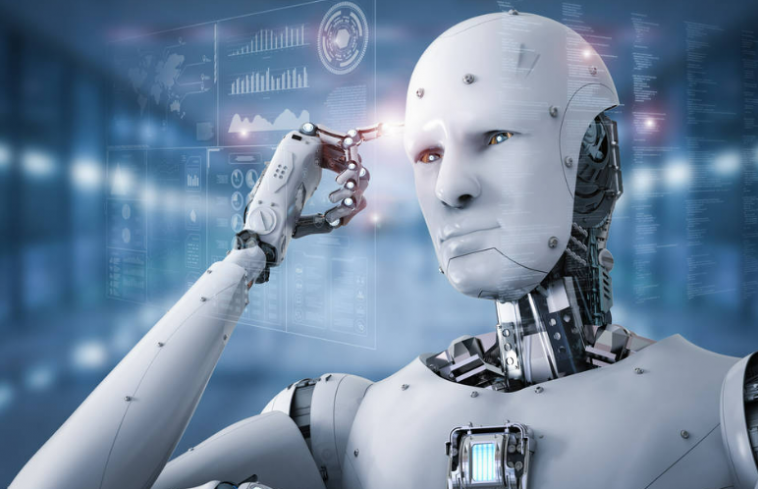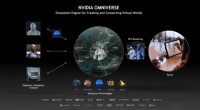A robot is a complex machine controlled by a computer. It has human-like limbs and sensory functions; its action program is flexible; it has a certain degree of intelligence; it can work independently of human manipulation. Robot sensors play a very important role in the control of robots. It is because of the sensors that robots have human-like perceptual functions and response capabilities. So, what are the main sensors of the robot?
What are the main sensors of the robot? The main sensors of the robot are introduced
1. Robot Vision Sensors
Appeared in the late 1950s and developed very rapidly, it is one of the most important sensors in robots. Machine vision first dealt with the world of building blocks in the 1960s, and has since evolved to deal with the real world outdoors. After the 1970s, practical vision systems appeared. Vision generally includes three processes: image acquisition, image processing, and image understanding. Relatively speaking, image understanding technology is still lagging behind.
2. Force sensor
Robot force sensors can be divided into joint force sensors, wrist force sensors and finger force sensors in terms of installation parts. The international research on wrist force sensor began in the 1970s, and the main research units include the DRAPER laboratory in the United States, the SRI Institute, IBM Corporation, Hitachi Corporation in Japan, and the University of Tokyo.
3. Tactile sensor
As a complement to vision, touch senses the surface properties and physical properties of the target object: softness, hardness, elasticity, roughness, and thermal conductivity. Haptic research started in the early 1980s and has achieved a lot of results in the early 1990s.
4. Proximity sensor
The purpose of researching it is to make the robot know the proximity of the target (obstacle) during the movement or operation. The mobile robot can achieve obstacle avoidance, and the operating robot can avoid the impact of the gripper on the target due to the fast approaching speed.
5. Hearing sensor
(1) Speech recognition system for a specific person
The method of speech recognition for a specific person is to store the feature matrix of each word sound in the voice of a pre-specified person to form a standard template (or template), and then perform matching. It first needs to memorize one or several speech features, and the content of the designated person’s speech must be a limited number of sentences that are predetermined in advance. The person-specific speech recognition system can identify whether the person speaking is a pre-specified person, and which sentence is spoken.
(2) Non-specific speech recognition system
Non-specific speech recognition systems can be roughly divided into language recognition systems, word recognition systems, and digital sound (0~9) recognition systems. The non-specific speech recognition method needs to train the speech of a group of representative people to find out the commonality of the same word sounds. This kind of training is often open-ended and can continuously revise the system. When the system is working, the received sound signals are obtained by the same method to obtain their characteristic matrix, and then compared with the standard mode. See which template it is the same or similar to to identify the meaning of the signal.




GIPHY App Key not set. Please check settings